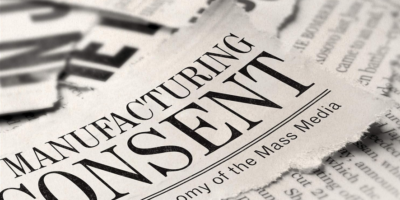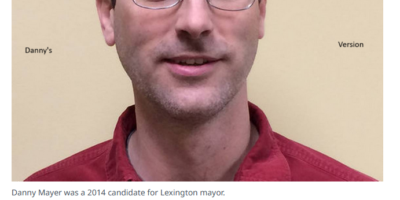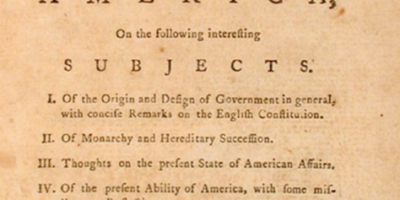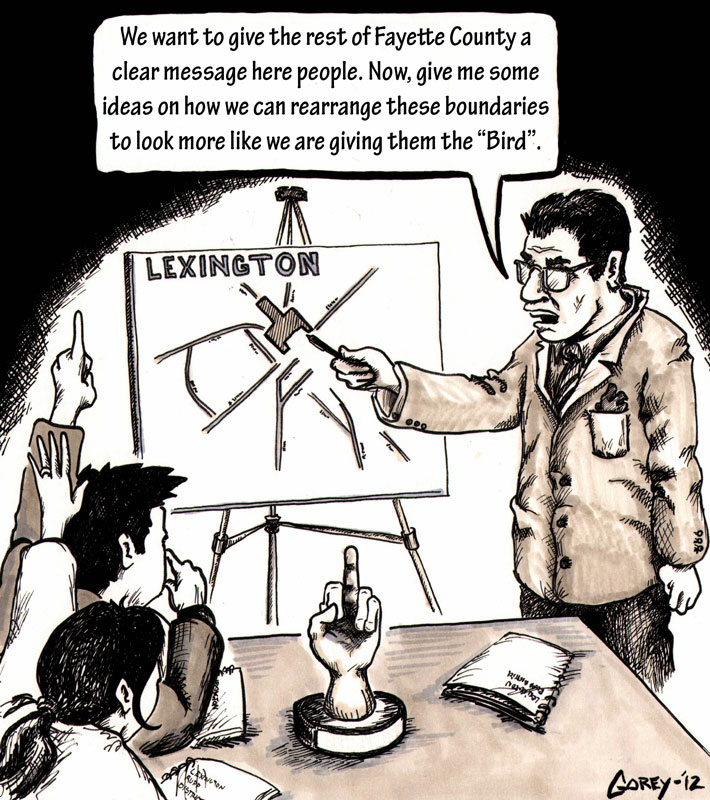Parks, transportation, agriculture
Editor’s note: With public money now starting to pour into the Rupp Arena Opportunity Zone, NoC decided to start a series called, “What we’d do.” In the series, we will take the money earmarked for Rupp, and in most cases any stipulations applied to that money, and develop alternate plans for re-directing it into more socially, environmentally and economically beneficial projects. Total costs for Rupp Zone development range between $600 million and $1 billion.
In order to receive the $2.5 million in state economic development funds earmarked for Rupp Zone, residents of Lexington-Fayette Urban County must generate a matching $2.5 million in funds from the upcoming local budget. Reports indicate that city leaders plan to bond (borrow) half of this amount, $1.25 million, and then to re-direct $1.25 million of county-wide funds from a variety of agencies into a pool of money to be used specifically for the Rupp Zone. Here it is in mathematic form:
City Rupp Zone Money=$1.25 million bond+ $1.25 million in redirected funds+$2.5 million from Frankfort=$5 million≈.5% of total fundraising needs.
The $350,000 privately-funded Rupp Arena Arts and Entertainment Task Force report states that the first $5 million of public funds should be directed toward the following: administration, program manager, economic/financing studies, arts facility feasibility, site survey/environmental, design/engineering, and land acquisition. So the city’s $2.5 million contribution nets one-half of the above pre-construction planning, design and start-up costs.
The city’s $1.25 million bond will pay 4 years of salaries and other labor costs for the equivalent of 6 full-time positions (at least 3 having to be full-time) with average full-time annual pay of $40,000. Half of these positions will go to Seedleaf with the directive that they design and implement the farming of our diverse county parks. They will be armed with $500,000 to purchase supplies, set up infrastructure, and farm gardens at at-least 4 parks throughout the county.
The remaining three full-time-equivalent positions will cluster around the commercial aspects of distributing the product grown from our county fields. This entrepreneurial focus will receive the entirety of the $1.25 million generated by re-directing city funds. Nearly all of this money will go into the creation and support of 4 weekly commercial markets anchored at public parks located throughout the county.
Parks and Rec will redirect $300,000 to create basic infrastructure and complementary park-“showcase” activities for the 4 markets. This park infrastructure money will be partially matched by $100,000 in Sewer funds to provide basic, and creatively cheap, water infrastructure at gardens and markets.
LexTran will re-direct $300,000 to help create and sustain special market-day free bus-routes that run to the parks, making stops at several designated commercial areas throughout the county. Lexington Convention and Visitor’s Bureau funds will route into helping pay transportation costs ($100,000), and it will provide local/regional tourism money to develop both market and garden sites ($100,000). $400,000 from CommerceLex will include money for ensuring minority and neighborhood access to selling at markets ($100,000), marketing of FUC Proud stands and farms specifically to county and regional residents ($100,000), outreach to established area farms and food trucks for participation at markets ($50,000), musician pay ($50,000), and WIC start-up costs and low-income subsidies (100,00). Any remaining re-directed costs will come from a variety of social services, and will feed directly into paid job training in urban farming (from production to sales) to a variety of youth, homeless, low-income, single mothers and others in hard times.
This $2.5 million in proposed local public funding will create at least 6 full-time and as many as 20 part-time jobs. It will help expand free public transportation to public park grounds throughout the county and allow LexTran to experiment with a number of new bus routes (as they’ve done with COLT Trolley). It will help stimulate a new market of bus-riding tourists (us). By providing a public base, resource hub, and market entry access for a variety of types of area farmers, this money will create an infrastructure for developing a regional food market. Most importantly, it will create 4 new locations for people to access local food, build community empowerment, and experience the eclectic spectacles of county life at the park.





Leave a Reply